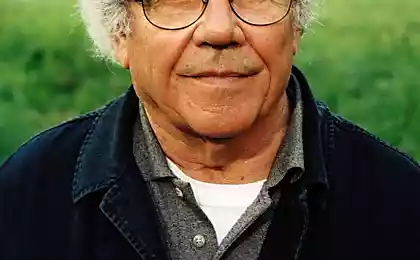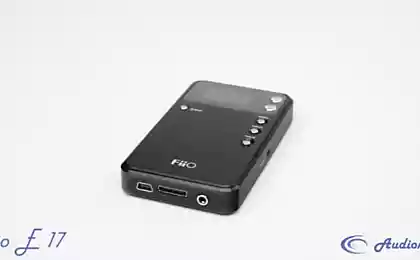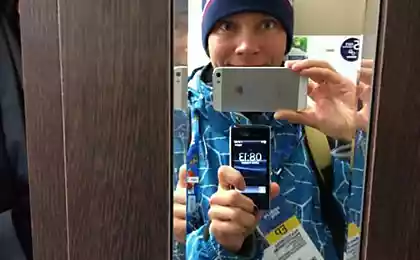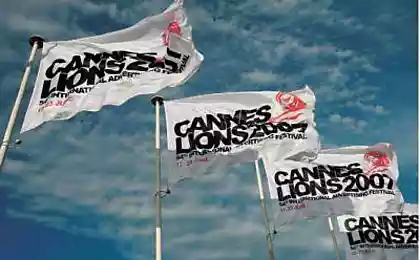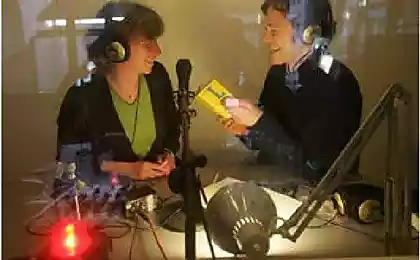1296
Podcast per million: as a "niche" media became profitable for advertisers
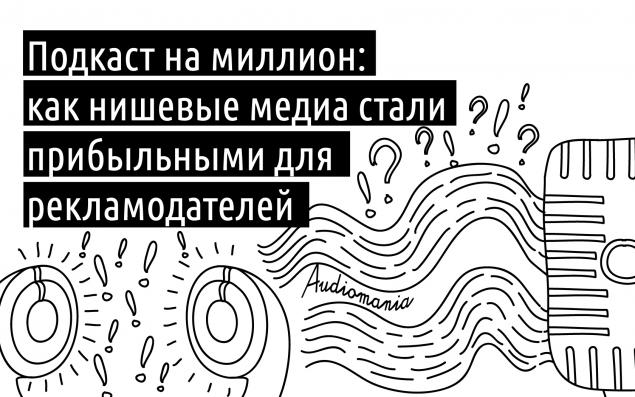
The number of subscribers to podcasts from the iTunes Store has reached the target of 1 billion last summer, and because of this заявлению in Macworld and other companies have started to promote the trend that "Podcasts are back", as свидетельствует USA Today.
Digital audiosreda, which developed rapidly during the Revolution iPod, going through dark times in the mid-2000s, but the proliferation of mobile devices has stimulated the revival of the variety of formats in this decade. A large number of highly qualified people doing it - among them Adam Carolla (Adam Carolla), Marc Maron (Marc Maron), June Diane Raphael (June Diane Raphael) and Joe Rogan (Joe Rogan) - they raised the craft to a higher level. < a>
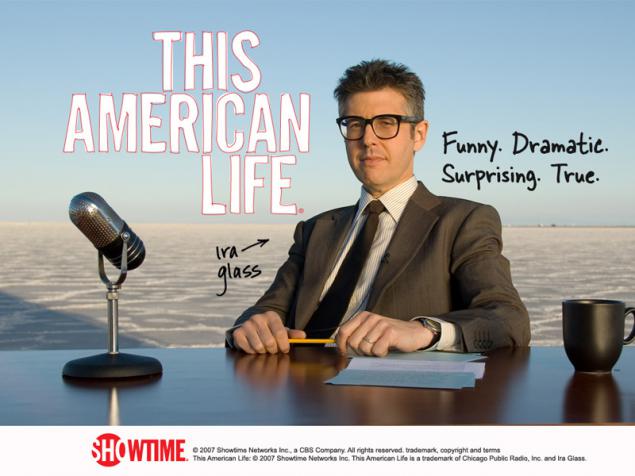
Ira Glass (Ira Glass) is Chicago's program "This American Life» (This American Life). "The podcast version" of the show attracts more than 1 million listeners per episode i>
So we know that podcasts are back, and maybe they never went: but whether they are beneficial? Monetization of this emerging format is another test for the audio industry, and those who are on the front lines say that faced with him face to face.
"Sponsors and advertisers will certainly pay attention to podcasts - and make a step forward," - says Jake Shapiro (Jake Shapiro), CEO of Public Radio Exchange, which produces a collection of podcasts Radiotopia . "We receive incoming requests - calling us to say:" We want to you have to do for this? »
Shapiro, a veteran radio reports that many podcasts using unpretentious business schemes with a combination of sponsorship, advertising and various types of fundraising. For example, Radiotopia now in full use of their opportunities кампании on Kickstarter, through which they were able to raise more than $ 396,000 at pervodnachalnaya strap was $ 250 000.
I would like to only one stunning success of this campaign was enough to convince the big brands that consumers listen to podcasts, but Shapiro believes that the amount of paid advertising in podcasts but does not meet the current changes in the habits audiopotrebleniya.
"This process is still spontaneous," - he said. "Brands and companies that wish to sponsor podcasts, still do not understand what it really is. Not all metrics be tracked, but the level of listening and interaction - and the ability to get into a very personal zone (because, unlike radio, podcasts often listen with headphones) - give the brand a great power ».
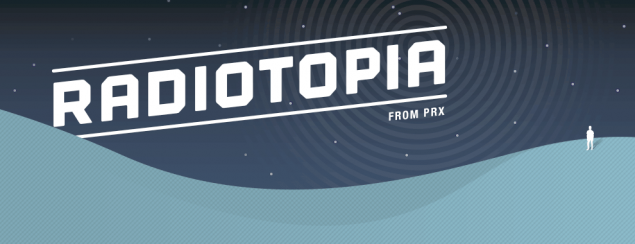
Radiotopia, a collection of podcasts, raised more than $ 396,000 on Kickstarter. Although the campaign was announced only $ 250,000 i>
On money h4> Take Midroll Media LLC , media company, which sells advertising specifically for podcasts. Since its launch two years ago, its quarterly revenue doubled compared with the previous year, almost every quarter, according to Eric Diena (Erik Diehn), Vice President of Business Development. "Our revenue growth has been incredible," - he said.
Midroll provides services on an unoccupied market, which many in the radio industry does not even heard of. The company now sells advertising about 130 podcasts, including such popular shows as « WTF with Marc Maron ». Midroll disseminate data on income, but Dien said that their four most well-known podcast earn advertising about $ 1 million over the last year.
Diene binds Midroll success with young brands - with lots of tech start-ups - that recognizes the value of podcasts faster than the "adult" brands, and were more interested in advertising, direct response involving the recipient.
The cost of advertising in podcasts blocks indicated per thousand views, or CPM, unlike traditional metrics and ratings are established companies like Nielsen Co . Budget brands such as LegalZoom, MailChimp and Squarespace, may not be enough to order expensive ad units on the radio. So they - repeat customers podcasts.
Conversely, the more established brands such as Coca-cola Co. and McDonald's Corp. still burdened by the fact that the diene calls "structural baggage 'marketing departments, too fixated on the old-fashioned way of doing things. "They have customers who used to buy only what is on the top of the rankings," - he says.
Of course, the appearance of advertising in podcasts from major brands - a matter of time, but Dien claims that they could leave behind some of the most annoying advertising habits. He thinks he's a compulsive format radio advertising will not find fans among those who listen to podcasts. This audience wants more meaningful listening compared to conventional passive switching between radio stations. According to Diena platform Midroll gained success thanks to unobtrusive advertising, which directly read out on air presenter - a man who has "earned" the confidence of students.
"Memorable such advertising is much better than, for example, the" creative "ad units, which" suddenly "appear among content streaming services like Pandora», - said diene. "If you listen to classic rock music, and suddenly interrupted roller car dealer, obsessive such advertising just rolls».
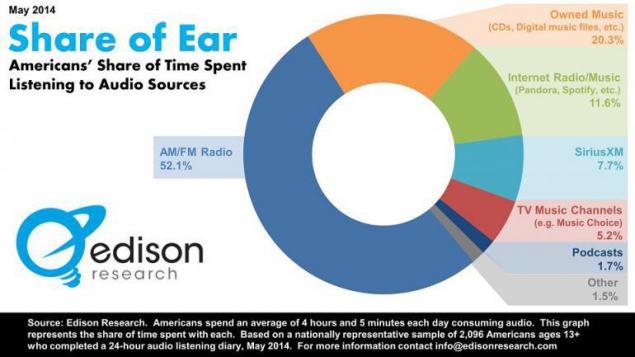
Podcasts account for only 1, 7 per cent of total audiopotrebleniya, but those who began their avid listeners usually do not return to normal radio i>
Decade of breakthrough innovations h4> The existence of the modern concept of a podcast, you can to track a > 2003 - when it was used in the Center Berkman Center for Internet and Society at Harvard. However, only a few years later commentators have concluded that the media format is about to disappear.
Cumbersome and inefficient interfaces, slow internet connection, multi-step process of downloading disappoint potential listeners. For a while it seemed that the podcast can become something more than just a fad, something interesting enough to attract tech-savvy audience, but not a real threat to traditional radio stations.
Then came the iPhone, and suddenly all got a chance to download a podcast with just a few touches of the screen. As soon as smartphones were distributed in the late 2000s and early 2010s, the popularity of podcasts is also growing. "Smartphone - is a terrific audio device" - said Thomas Helm (Thomas Hjelm), Head of Digital New York Public Radio. "This is - a modern transistor radio».
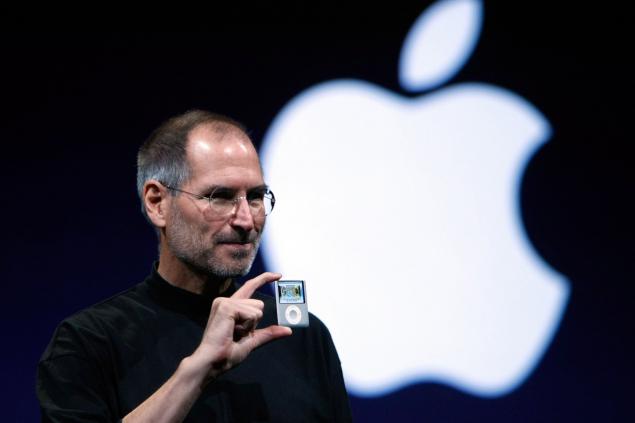
Steve Jobs presents the player Apple iPod nano in San Francisco in 2007 i>
The transition of radio to on-demand content repeats changes that took television industry, whose traditional model has been turned upside down DVRs and streaming services, the proposed market leaders such as Netflix Inc. Helm said that the New York Public Radio reported an increase in the popularity of listening to audio on demand, but in his opinion, "mouthpiece", responsible for the promotion of the show, there is still the traditional airwaves. These two formats rather live in symbiosis than in competition, he said.
In fact, the most popular podcasts - radio shows are common, and many of them there on the radio before the revolution iPod. «This American Life», «Radiolab» from WNYC and «Fresh Air» by NPR, tend to occupy a place in the top ten iTunes. Others, such as «Freakonomics Radio» (3 takes place this week), perceived as a brand for yourself.
But the majority of radio producers are experimenting with the release of a radio show primarily in digital format. «» Sarah Koenig (Sarah Koenig), a new Spinoff «This American Life», has become a real cult .
According to the latest Edison Research, podcasts account for only 1, 7 percent of the total time audiopotrebleniya. AM / FM-radio still occupies more than half of this volume. But Dien says that those who became an avid listener of podcasts, as a rule, do not return to normal radio. Traditional radio can co-exist with podcasts in the present, but Dien believes that this will change soon.
"I think that in this respect we - the competitors," - says Dien. "And we do not just compete, I think we are likely to win the long race».
As a further reading on the subject can read the results of our work on recording your own audio podcast on the topic. I>
Source:
NASA in 2025 will land astronauts on an asteroid, that for this take on the orbit of the moon
Hello, Dad: common male ancestor of all humans lived 239,000 years ago



